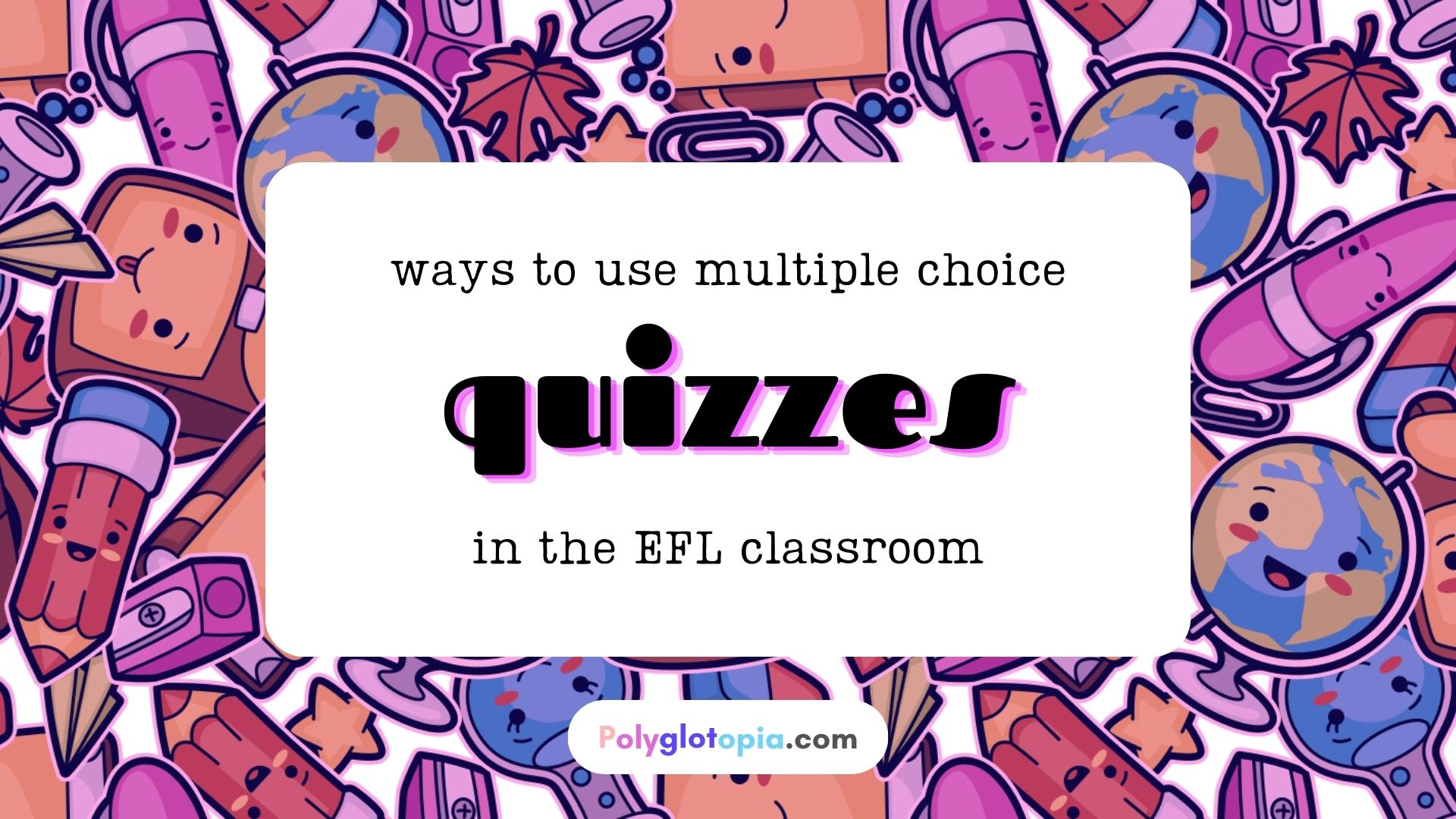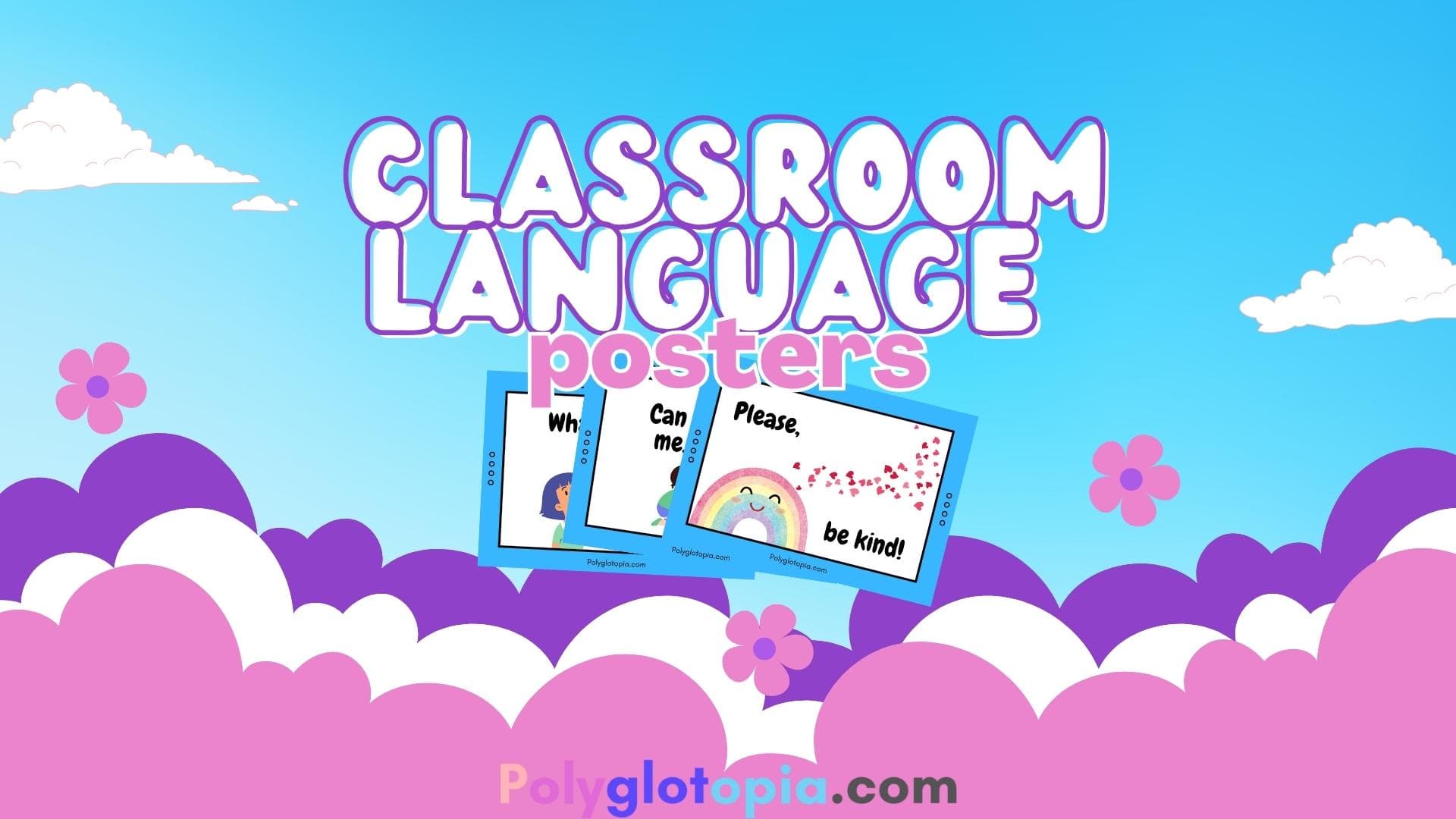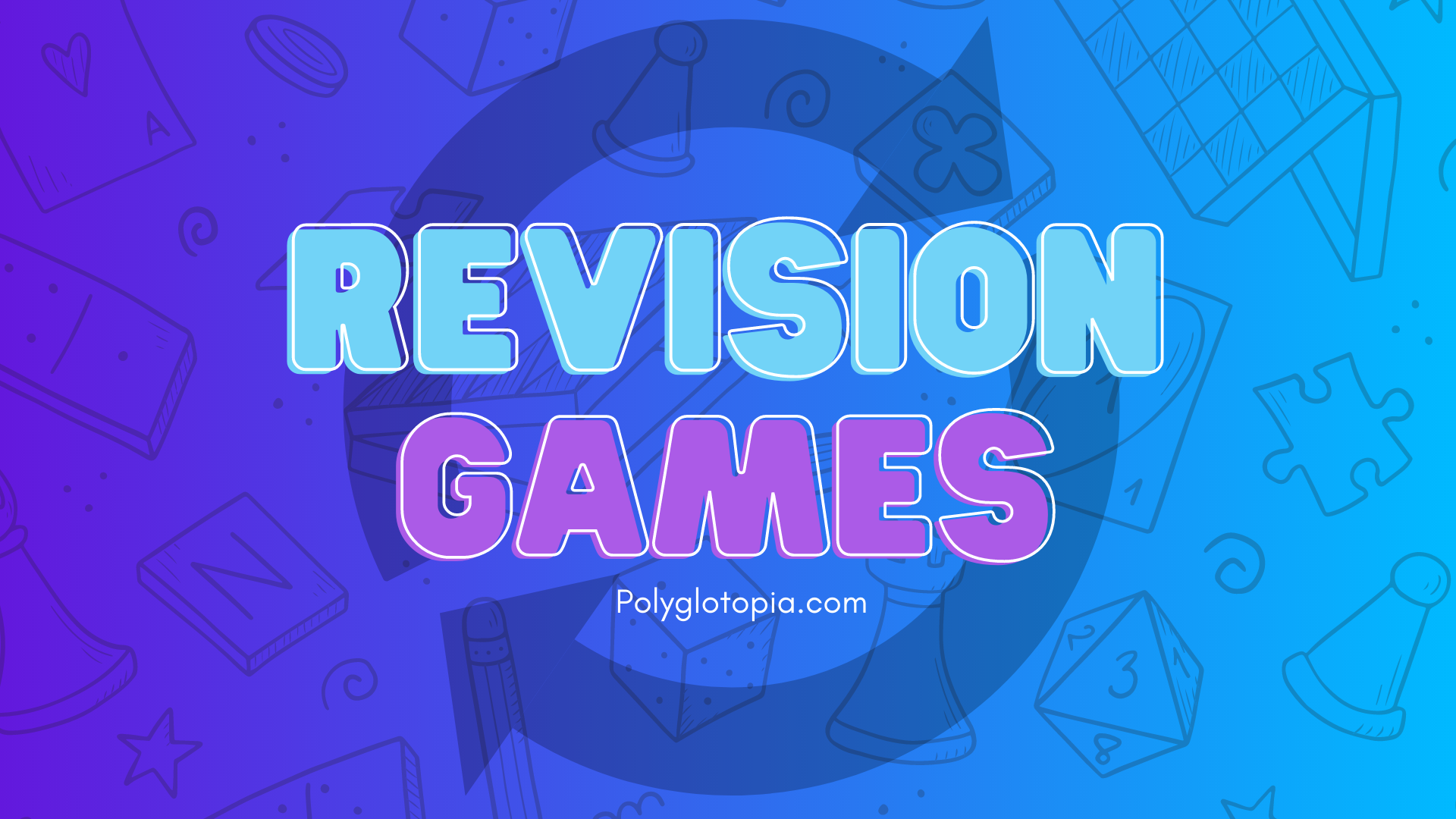Are you planning grammar or vocabulary revision lessons for your students and looking for a variety of ways to use multiple-choice quizzes in your classroom? We have made a list with 7 ideas on how to use multiple-choice quizzes for language teaching that can be great fun! At the same time, quizzes can help your students learn new concepts, revise old ones, and prepare for their exams. We have included a mix of individual and teamwork tasks, fast-paced tasks to serve as energizers as well as coolers that will allow students to carefully think about the answers.
1. Fast finisher QR codes
Choose the quizzes that are suitable for the level of your students, and make QR codes, which you can place around the classroom, or even outside, depending on your school. If any students finish their assigned tasks faster than the rest, they can scan the code and do a quiz. This way they have something to do while waiting for the rest, they don’t get bored and they do extra practice.
2. Treasure Hunt or Escape Room Quiz race
The whole class could be involved. They would have to find the QR codes that you can previously hide around the classroom. They would have to scan them and show you the score after they finish each quiz. You can ask them for a minimum of 70% before they can move to the next code.
3. Four corners
The students stand in the middle of the classroom. You give them some time to look at the questions and the options. Once they are ready, you can count 1-2-3 and they will have to move towards the correct corner of the classroom, depending on their answer. If the quiz has only two options, the students can stand in a line and turn to the left or to the right, depending on the correct answer.
4. Mini-whiteboards/notebooks
Project the question and the answers on the screen. Leave them some time to read and write the answers on their mini-whiteboards or notebooks. They can write a complete answer or just a letter A, B, C, D. When you think you’ve given them enough time, count 1,2,3! They should hold their mini-whiteboards or notebooks up and show you the answers. The correct answers get a point.
5. Board race
Students race to write the answer on the board. Divide them into different teams and assign a number to each team member. Give them time to read the question and decide on the answer. When you say their number, they should race to write the answer on the board. The first person who writes the word correctly earns a point for their team. Of course, blocking another student’s way or erasing another student’s work is not allowed and you can set different punishments if the rules are not followed: losing a point or a turn, or even stopping the game. It’s a very exciting game, but rules need to be set clearly for it to work.
6. Self-study
Send students the links to the quizzes for studying at home and revision. For instance, you can create a document with QR codes and links for them to do for homework, or for extra practice before exams.
7. A quick check
The quizzes can also be taken as a quick check that students have understood or remember a grammar point. They can all scan the code or find the page at the same time, do the quiz and tell you the scores. This way you have an idea of their understanding, which can be helpful when it comes to revising or giving further explanations



